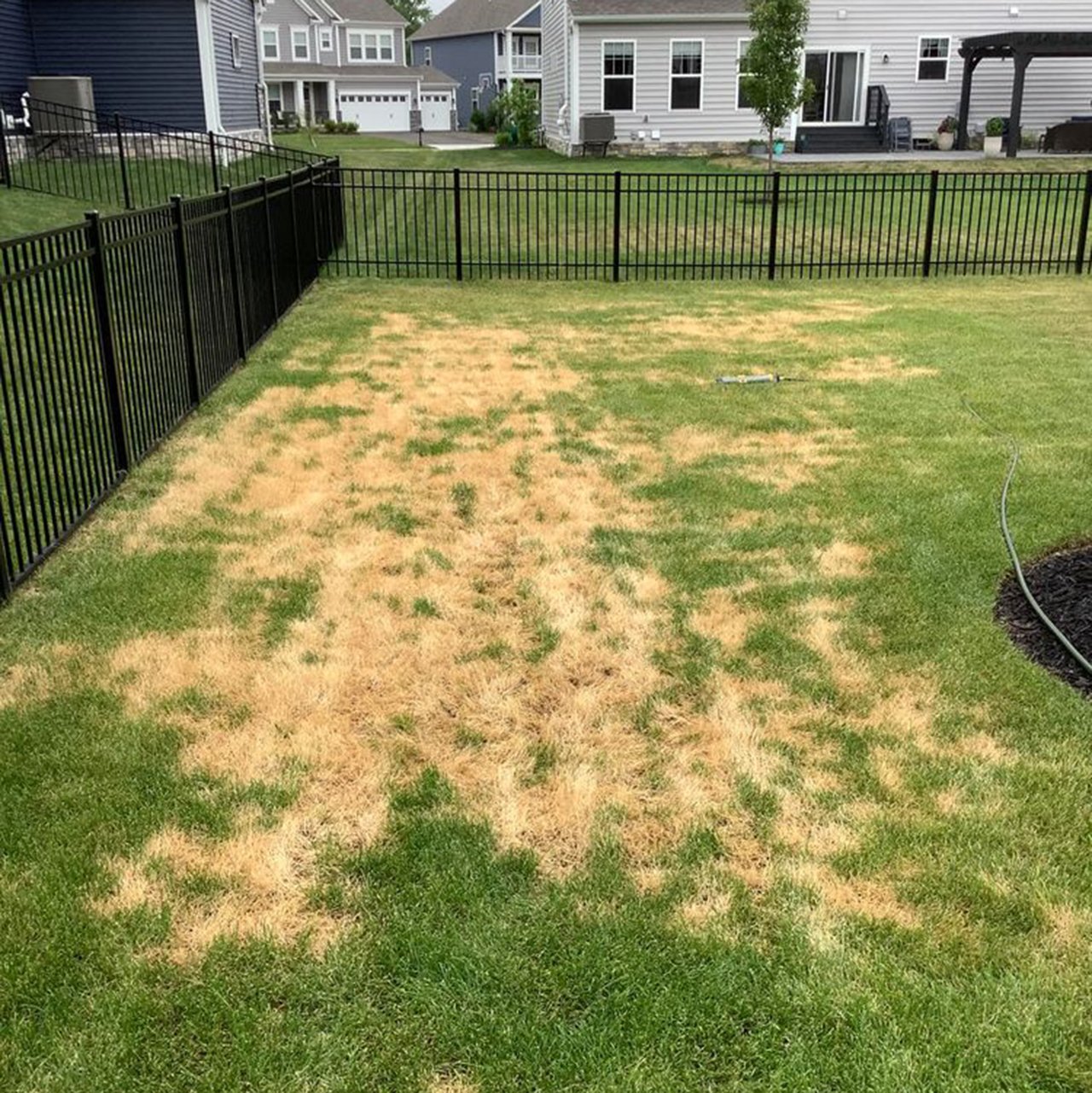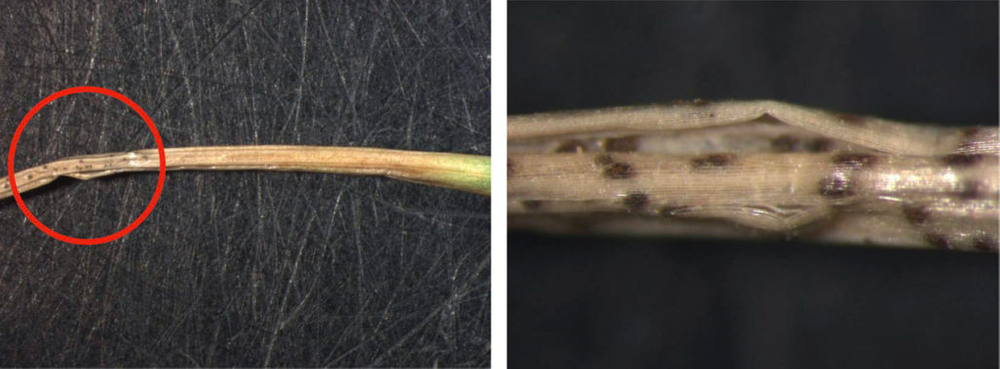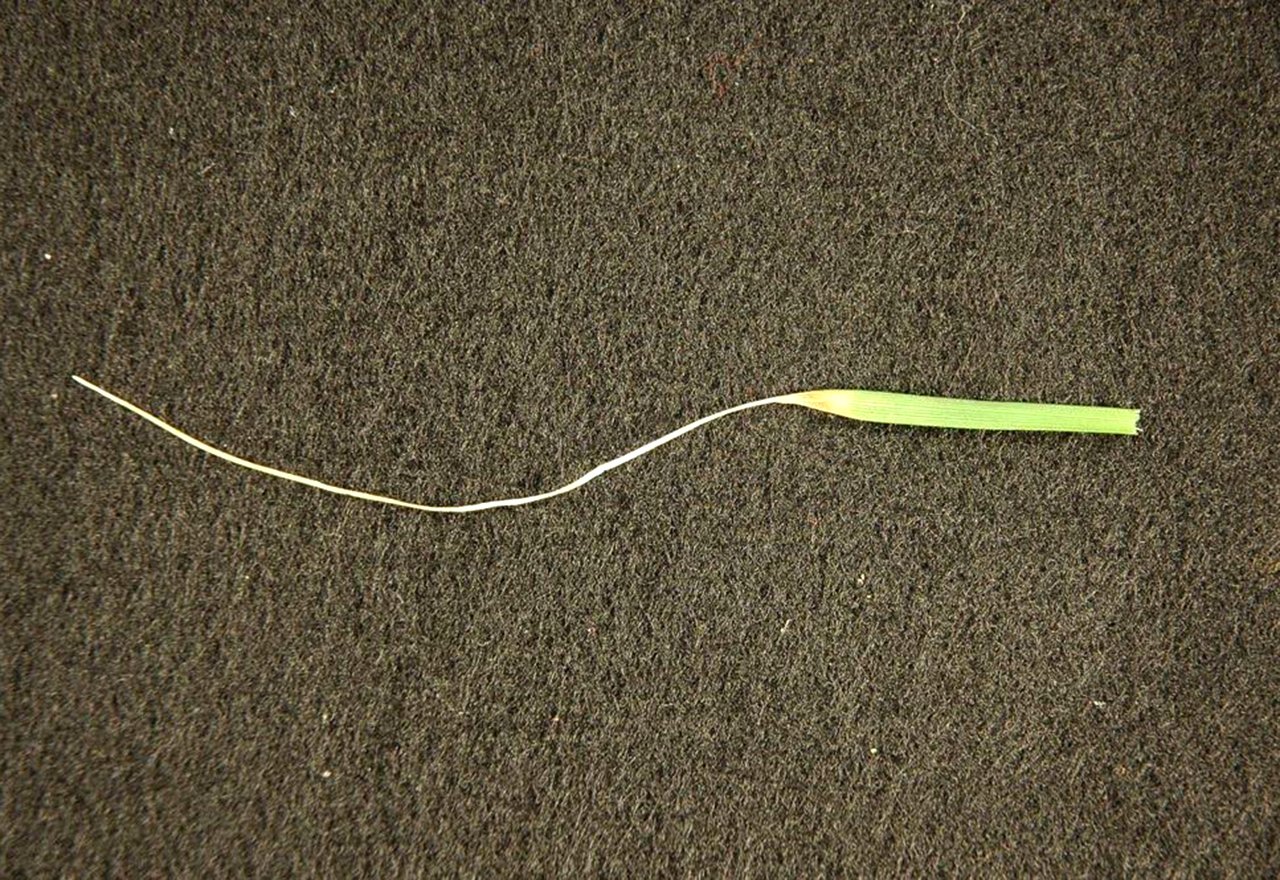How to Control Ascochyta Leaf Blight
by Maureen Wise, on June 29, 2020
Summer is here and it’s time to spend time outside on the lawn! A soft, green grassy area is the perfect spot to play cornhole, read a book, wrestle with the dog, or play tag with the kids. You’ve worked hard to make sure your lawn is healthy and comfortable. But what happens if you suddenly have an irregular dead patch of grass the color of straw? You may have a bout of Ascochyta Leaf Blight. This fungus can come on quickly! We have some tips to help you control Ascochyta Leaf Blight if you find that your grass is infected.

What is Ascochyta Leaf Blight?
Ascochyta Leaf Blight shows up the most frequently on Kentucky Bluegrass, Perennial Ryegrass, and Tall Fescue. The blighted grass looks like a bleached, dead, or straw-like irregular patch that comes on very quickly, sometimes even overnight. Confirm your case by inspecting a few infected blades carefully. You will often identify grass pieces that look dead in the middle but still green on the top and near the root. Some will be two thirds bleached with a green third of the blade at the roots. You may also see very small, dark brown, flask-shaped fruiting bodies on your grass blades, often easiest to see with a magnifying glass. Roots are rarely affected and so the entire plant will not usually die off. Outbreaks happen most often in late Spring and early Summer.

Control Measures + Causes
Although there is no one reason that scientists have found to be the only cause of Ascochyta Leaf Blight outbreaks, there are a few trends.
First, the weather may just be the culprit! Often the fungus shows up when the weather has quickly changed from very hot and dry to very wet or the other way around. The disease most often affects turf that is stressed.
Lawns that are poorly watered are often more affected than those that are not. We always recommend deep, infrequent waterings. Ohio lawns do not need daily watering. Shoot for one inch of water, once a week. Do not water so much that you have standing water and soggy soil hours later. Grass that is watered deeply will have deeper, stronger roots. Deep roots mean healthier grass overall. Additionally, lawns that are very frequently watered and then suddenly not watered are also more susceptible to the disease, which is like a quick weather change from cool and wet to hot and dry. So if you do need to change your watering habit, do so over a few weeks.
We recommend aerating your lawn twice annually (Fall and Spring), which adds oxygen to the soil, reduces thatch, and also encourages deeper root growth. This also alleviates soil compaction, allowing roots to stretch out more.
Also, grass that is cut too short is more susceptible to infection. We like to see freshly cut three and a half inch blades of grass, which helps to discourage weeds and browning.
Avoid mowing wet grass. When grass is trimmed by a mower, it needs a day to repair the cut. If the grass is wet, disease can easily enter the blades along with the water that enters the wound.
Do not apply fertilizer or synthetic pesticides to the blight affected area. This will stress the grass further and kill off beneficial soil bacteria. Instead, we can do an Organic Soil Builder application, which will increase the beneficial bacteria in the soil.

Admittedly, the disease is also likely to resolve itself and go away on its own in a few weeks. Remember, it rarely affects the roots and so does not kill the entire plant. Once the weather conditions improve and with any proactive measures you choose to take, you will be able to mow off the damaged part of the grass blades.
We would love to hear from regarding this common lawn issue. Have you been a victim of Ascochyta Leaf Blight this Summer? Have you seen results with treatments we didn’t cover to control Ascochyta Leaf Blight? Let us know!












